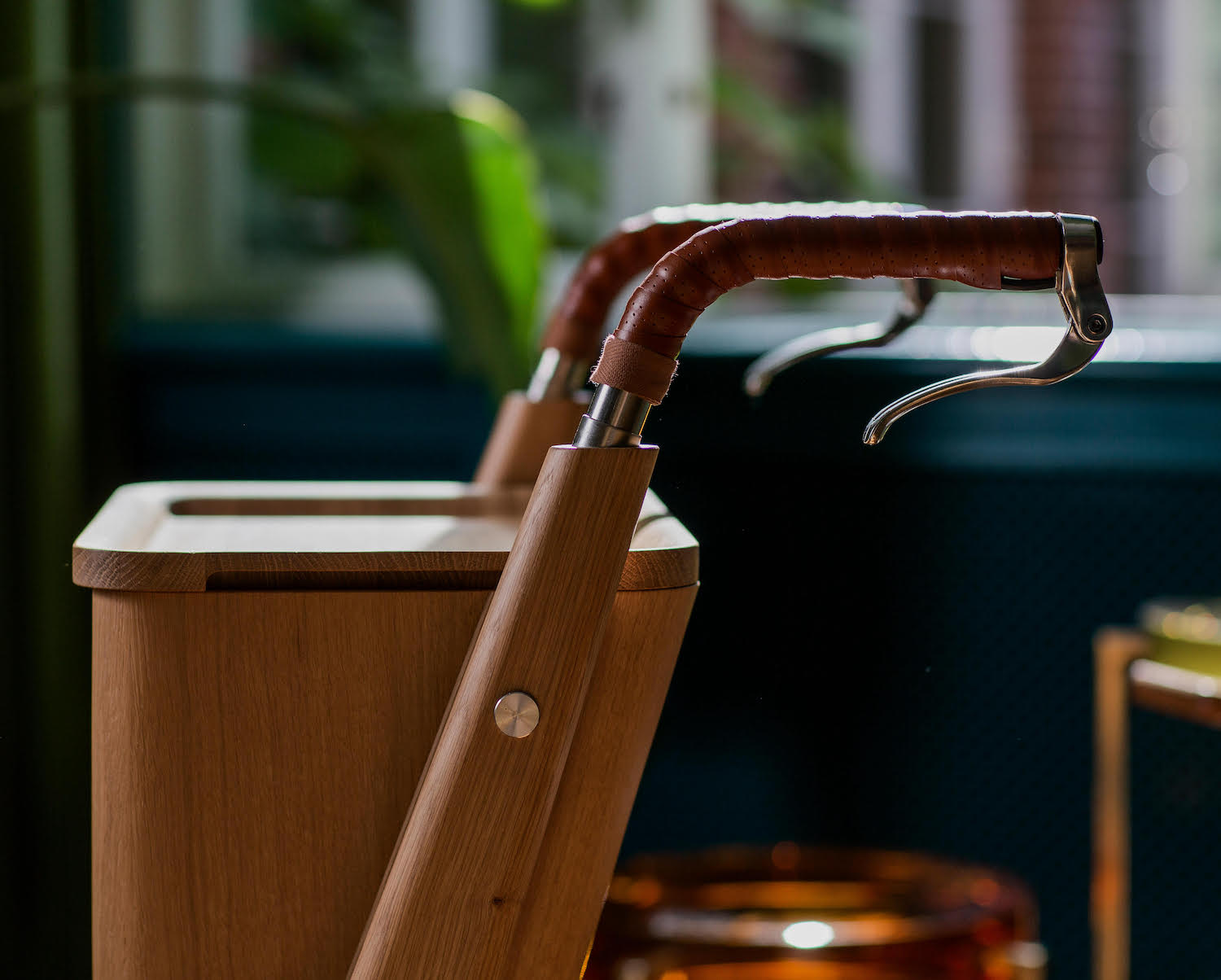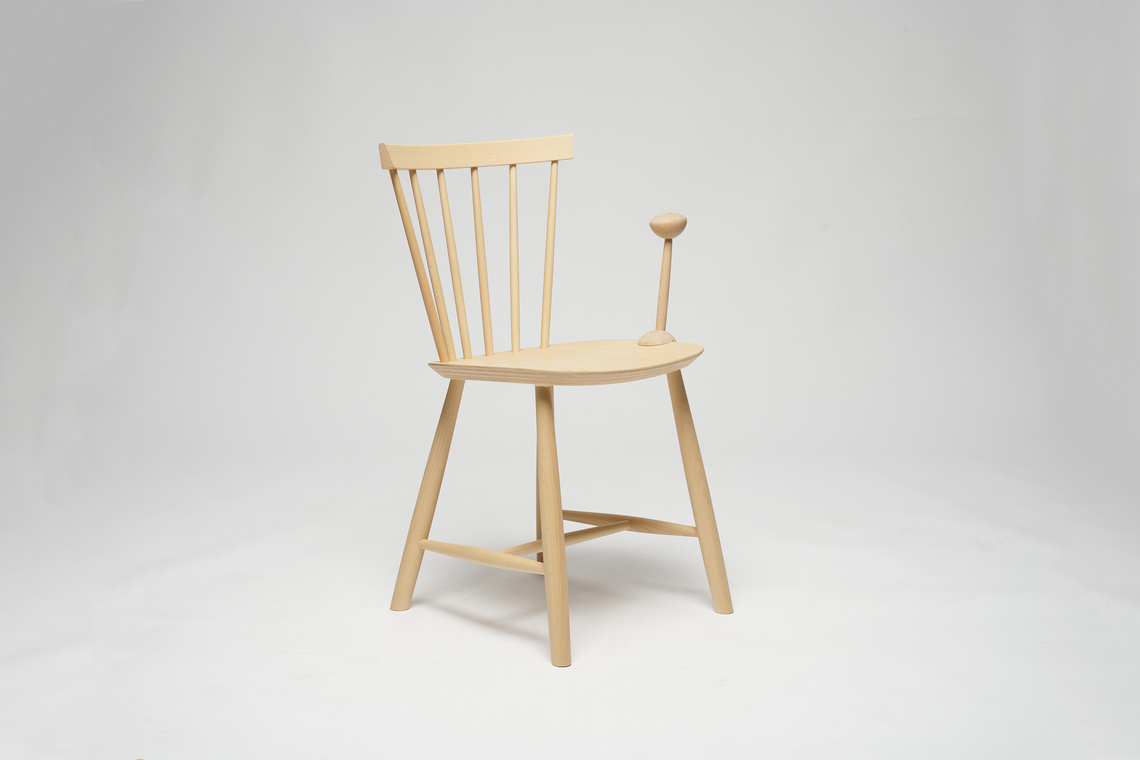This problem is ubiquitous. We squeeze into existing designs because that is what is available – our transport systems are designed for standard bodies that have full mobility and fall within certain standard measurements, as are offices, machines, airbags, kitchen worktop heights and public spaces. The world is predominantly designed for a particular ideal person: an adult athletic male with perfect vision. Since this type has also been the preferred participant in medical trials, he is also the primary target in the development of medical standards and treatments.
Something as fundamental as working hours and everyday schedules is probably, in practice, a poor fit for most people. And so, on and so forth. Standardized design forces us all to fit into a certain mould – and punishes us when we fail to do so. The concept of universal design is a fairly recent trend, formulated about four decades ago by architect Ron Mace. However, the very fact that we need to define a specific problem area and a new design approach that involves actively identifying multiple types of needs among different users is a telling reflection of the world we live in.
Far too often, the design of our shared world excludes most of humanity. This is an obvious threat to the well-being – and in some cases, the health and life – of those who are neglected, but let us examine exactly why it is about a world without universal design is harmful to our well-being.
If you belong to the majority of people who do not fit into the standardized world, you will have the experience of being ‘wrong’ and excluded, over and over again. Most people simply make do as best they can, without fussing or complaining; after all, who wants to be seen as being ‘difficult’? Instead, many view design failures as a reflection of their own shortcomings: not being slender enough or tall enough, being out of shape, having legs that are too long or being unable to drink alcohol at a reception that is designed with wine as the only option. To many people, life is full of small everyday experiences of being unworthy of participating due to their personal flaws and shortcomings.

Universal design is about equal dignity: making room in the world for all sorts of people, enabling everyone to get around with ease and to contribute to the community with their talents, ideas and personality. The term ‘equal dignity’ says it all: we need to preserve and promote dignity for all. Living in a world that, in practice, does not make room for our bodies or needs is degrading. Every time we fail to find clothes that fit, need help to get up the stairs, cannot find food that meets our needs or have to put up with an uncomfortable train seat, we have the experience of not fitting in. The standardized world only considers the dignity and well-being of the ideal person.
The designed world reflects extensive and ancient hierarchies of power. For millennia, the world has been run by and designed for strong, powerful men or, as a secondary concern, the tough, hard-working men in their service. As this power structure is being challenged politically, and other groups are developing a stronger voice and gaining more influence, the need to redesign the material world is becoming more apparent. When the big cities emerged during the 19th century, they were designed with men in mind; few places were accessible to women, let alone women venturing out on their own. Department stores and tearooms were successful innovations in their time, in part because they provided a space for women, who were otherwise excluded. They were places where women could go without compromising their dignity. However, more than a century later, that process is still far from complete.
Freedom of movement and the accommodation of personal needs are essential aspects of human dignity. Inclusion and diversity have rightly become key organizational topics: how can we make sure everyone has equal access to the labour market, culture and education? The designed material world is an equally important element in our efforts to dismantle handed-down barriers and privileges. In either case, a good way to improve a design or an organization is by listening to the people who have so far been neglected. What are their needs, as they see them?
This opens the design field, making room for a more curious, explorative approach and more collective processes and improving the ability of designers and architects to include human diversity. In fact, this approach has the potential to make the design process more playful, experimental and innovative, as established norms and standards give way to the many and varying needs of real human beings.
Theme: Thriving
Formkraft turns its gaze to the wider world to see how craft and design can help promote thriving and well-being.
Search the Archive
You can search the Archive on Formkraft for further knowledge.


